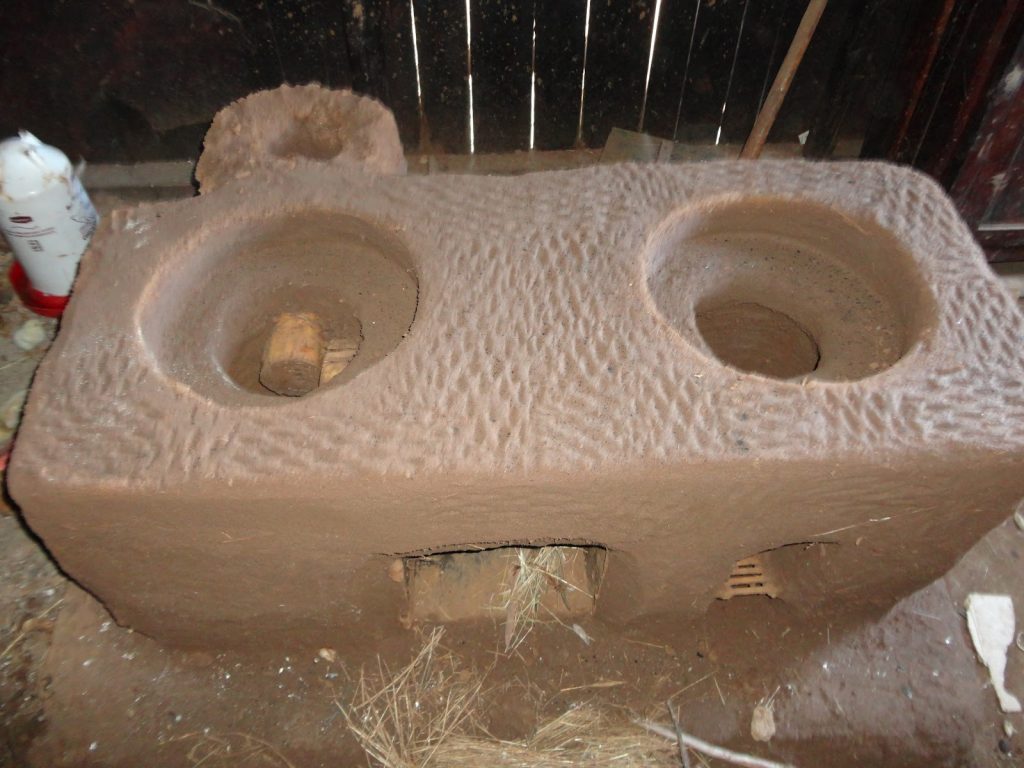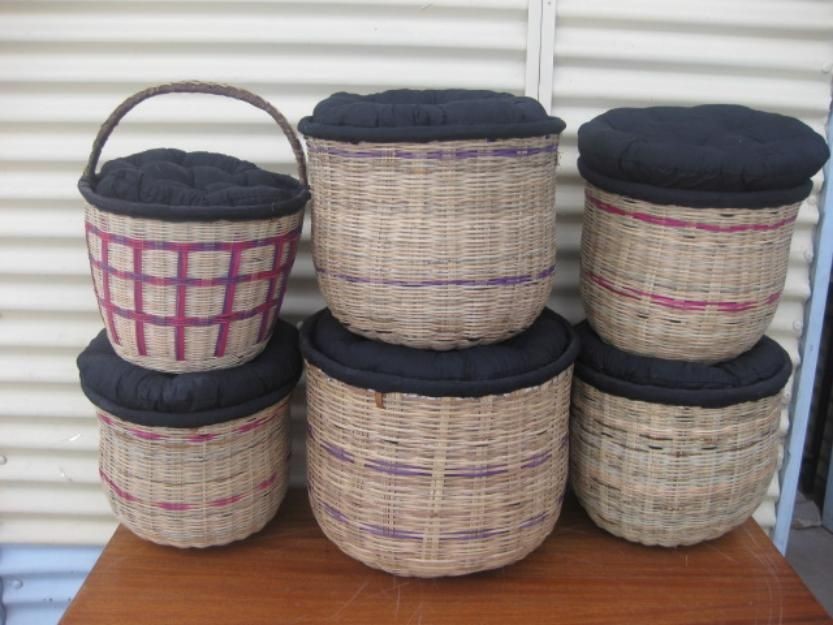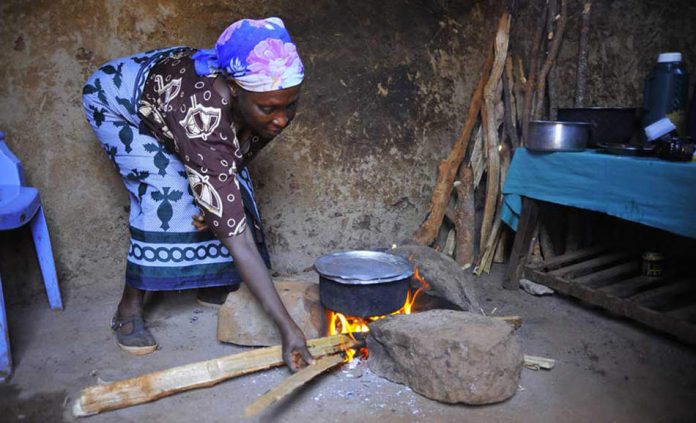Since the dawn of the industrial age, the ability to harness and use different forms of energy has transformed living conditions for billions of people. Steady growth in energy consumption has been closely tied to rising levels of prosperity and economic opportunity. At the heart of Kenya Vision 2030 Agenda, lies sustainable farming, the key to achieving sustainable Development Goals. Energy consumption by small-scale farmers is directly or indirectly connected to food production. However, this energy use and exploitation are not without costs to their health. Especially if the energy is not clean.
Farmers struggle to cook under heat and smoky fire, risking their lives because of the high temperatures of fire and steam. Still, the consequences of climate change have direct negative impacts on their lives. Deforestation and drought make their daily chores more arduous as they collect firewood and fetch water. Additionally, hours spend cooking over smoky flames place them at a higher risk of developing adverse health problems.
To counter the adverse impacts of poor energy use, institutions and individuals have resorted to creating energy-saving technologies –modern energy-saving cooking stoves, fuel-saving jikos, improved firewood cooking stoves, the fireless cooker, and solar energy technologies. These energy technologies are most valuable and reliable for household use as opposed to wasteful stoves which have also contributed to the rise in illness due to indoor pollution.

The improved firewood cooking stove – Jiko Kisasa– is more efficient in wood use. It saves firewood by retaining heat for a long time. This is unlike the three stones which burn out so fast and release a lot of smoke. The stove is in two categories. One that can be fixed in the kitchen, referred to as maendeleo Jiko or Jiko Kisasa and one that is portable and enclosed in a metal, commonly known as Kuni mbili Jiko. According to research, a household using three stones stove consumes around 2800 kg/year of firewood unlike another that has embraced energy-saving technologies for cooking.
The improved charcoal wood stoves (Kenya Ceramic Jiko) is another innovation made up of metal cladding with a wide base and a ceramic liner. The liner base is perforated with holes to form a gate. The stove has three pot rests, two handles, three legs, and a door. The door is used to control the airflow and the standard model weighs about 6kg. The stove is most suitable for cooking and space heating. It can reduce cooking time, produce high-quality meals, reduce charcoal consumption, minimize accidents and ease of cleaning and maintenance.
The Jiko Koa and Enviro fit are also energy saving Jikos that use only three or two pieces of charcoal an hour. They contain a tray that collects ash and, at the same time, brings in the air for combustion. The jikos are made of materials that help save energy and prevent the emission of too much smoke. This comes after many years of relying on traditional open flames (three stones) that consume lots of firewood and emit plenty of smoke. Also, they are cheap and easily accessible at local markets.
Other varieties of jikos include the push-and-pull jiko which can use various types of fuel such as charcoal, briquettes, and wood. The gasifiers are another innovation. They use wood pellets made from sawdust – usually a waste material and a headache to saw millers.

The fireless cooker (food warmer), an insulated basket, container or box that is specially designed to complete the coking that has been done partially is of great importance to the small scale farmer. Asides that, it also keeps food hot up to 8 hours after cooking. It saves cooking time and labor as well as energy. Cooking utensils used in the cooker do not wear out as rapidly as those used over a fire. The kitchen is neither hot nor with odours hence no pollution allowing the farmers to breath clean and fresh air always.
Being no strangers to the power of sunlight, smallholder farmers can explore the potential of solar energy to cut the farm’s electricity and heating bills. They can use solar heat collectors, water heaters and electric panels in daily farm productions and operations such as drying crops, powering water pumps for irrigation and lighting of homes and farmhouses. Also, solar box dryers can be used to dry the easily perishable crops for easy transportation. These benefits are not only geared towards increasing a farm’s efficiency and cutting costs but also help improve the farmer’s health.
The adoption of these technologies would go a long way in ensuring sustainable use of the forest resources. It also means that most smallholder farmers will not be exposed to indoor pollution which is detrimental to their health hence increasing their productivity. The use of these saving energy resources puts power at their fingertips and improves their health.




